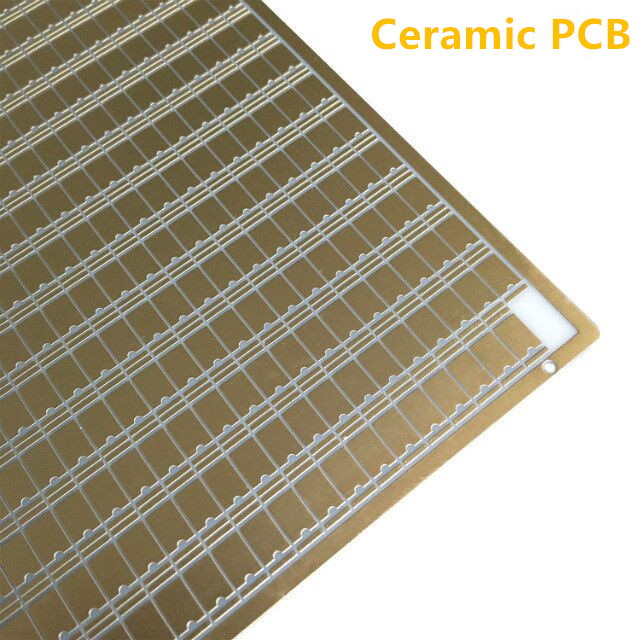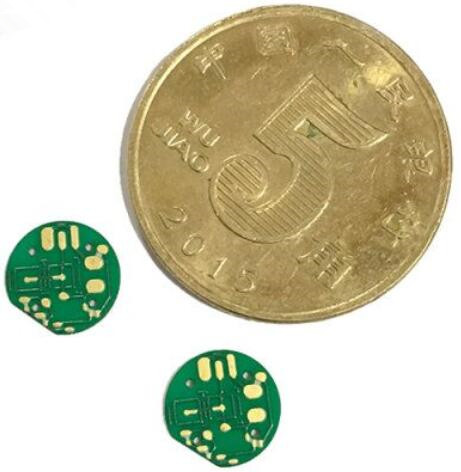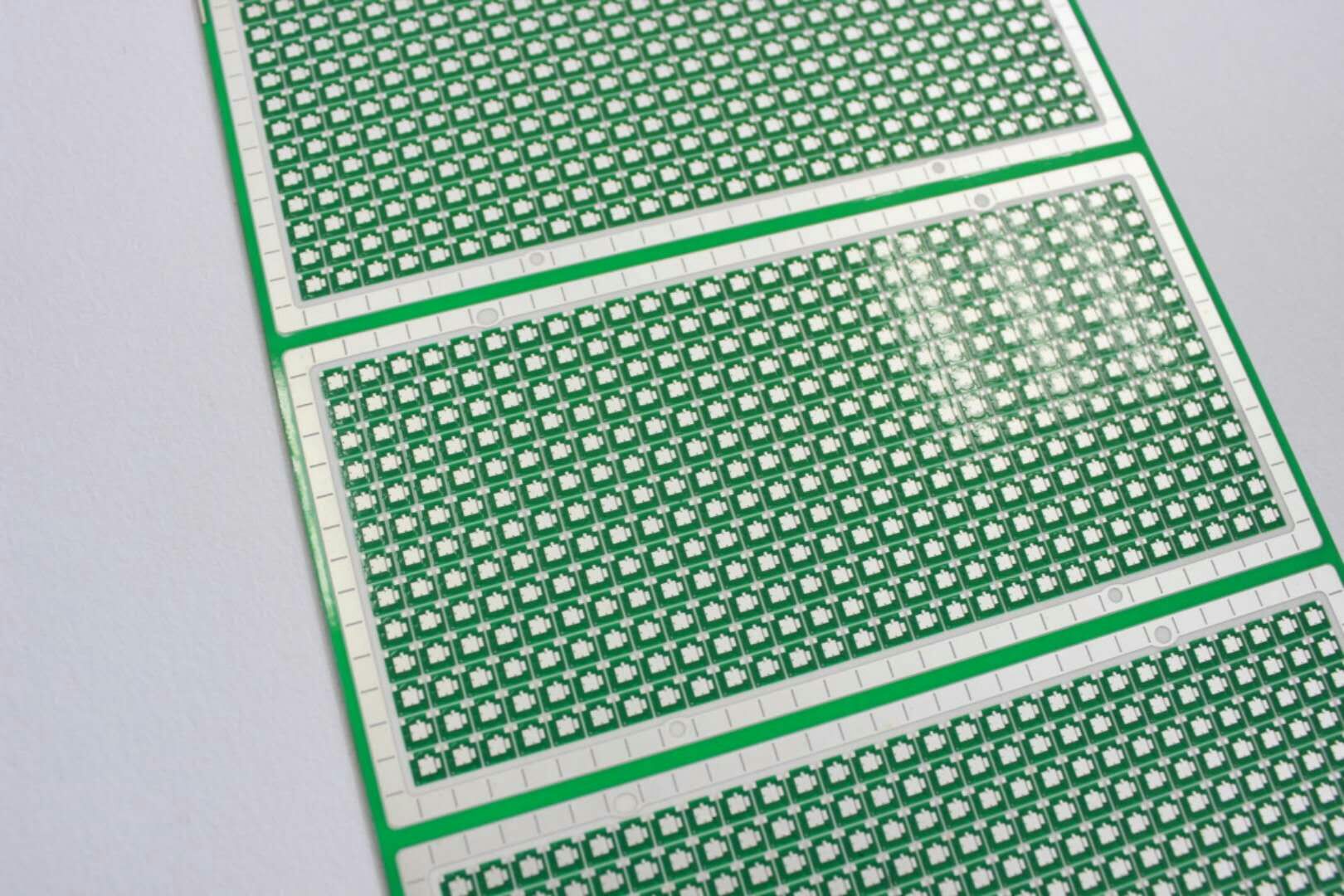At present, the organic material especially for epoxy resin materials at low prices and mature art for the most part still in PCB production, and the conventional organic printed circuit board from two aspects of heat dissipation and thermal expansion coefficient matching sex, can not meet the requirements of semiconductor circuit integration enhances unceasingly.Ceramic material has good high frequency performance and electrical performance, and has high thermal conductivity, chemical stability and thermal stability of organic substrates such as do not have good performance, is a new generation of large scale integrated circuit and power electronic module of ideal packaging material.Therefore, in recent years, Ceramic PCB Board has received extensive attention and rapid development.
Ceramic circuit board ceramic-based metallized substrate with good thermal and electrical properties, is a power type LED encapsulation, excellent material, purple light, ultraviolet (MCM) and is particularly suited to many chip packages substrates such as direct bonding (COB) chip encapsulation structure;At the same time, it can also be used as the heat dissipation circuit board of other high-power power semiconductor modules, large current switch, relay, telecommunication industry antenna, filter, solar inverter, etc.
At present, with the development of high efficiency, high density, and high power in the LED industry at home and abroad, it can be seen from 2017 to 2018, the overall domestic LED a rapid progress, is growing in power, the development of superior performance of heat dissipation material has become urgent to solve the problem of the LED heat dissipation.In general, the LED luminous efficiency and service life declines with the increase of the junction temperature, when the junction temperature of 125 ℃ above, the LED can appear even failure.In order to keep the LED temperature at a low temperature, high thermal conductivity, low heat resistance and reasonable packaging process must be adopted to reduce the overall thermal resistance of LED.
Epoxy copper clad substrates are the most widely used substrates in traditional electronic packaging.It has three functions: support, conduction and insulation.Its main features are: low cost, high moisture resistance, low density, easy to process, easy to realize micrographics circuit, suitable for mass production.But as a result of FR – 4 base material is epoxy resin, organic material of low thermal conductivity, high temperature resistance is poor, so FR – 4 can not adapt to high density, high power LED packaging requirements, generally only used in small power LED packaging.
Ceramic substrate materials are mainly Alumina,Aluminium nitride,Sapphire,High Borosilicate Glass, etc. Compared with other substrate materials, ceramic substrate has the following characteristics in mechanical properties, electrical properties and thermal properties:
(1) Mechanical properties:Mechanical strength can be used as supporting components;Good processing, high dimensional accuracy;Smooth surface, no microcracks, bending, etc.
(2) Thermal properties:The thermal conductivity is large, the thermal expansion coefficient is matched with the Si and GaAs and other chip materials, and the heat resistance is good.
(3) Electrical properties:The dielectric constant is low, the dielectric loss is small, the insulation resistance and the insulation failure are high, the performance is stable under high temperature and high humidity, and the reliability is high.
(4) Other properties:Good chemical stability, no moisture absorption;Oil resistant and chemical resistant;Non-toxic, pollution-free, alpha ray emission is small;The crystal structure is stable, and it is not easy to change in the temperature range.Abundant raw material resources.
For a long time, Al2O3 is the main substrate material of high power packaging.But the thermal conductivity of Al2O3 is low, and the thermal expansion coefficient does not match the chip material.Therefore, in terms of performance, cost and environmental protection, this substrate material cannot be the most ideal material for the development of high-power LED devices in the future.Aluminum nitride ceramics with high heat conductivity, high strength, high resistance rate, small density, low dielectric constant, non-toxic, as well as excellent properties such as thermal expansion coefficient of the matching with the Si, will gradually replace traditional high-power LED substrate material, become one of the most promising future ceramic substrate materials,providing greater than 180W~220w/m.k,KingSong offers ceramic printed circuit boards for your PCB needs.




